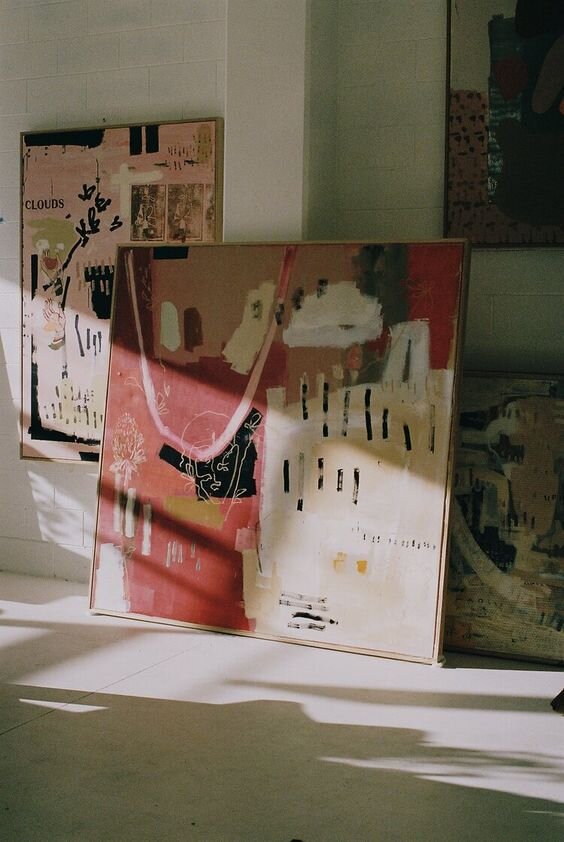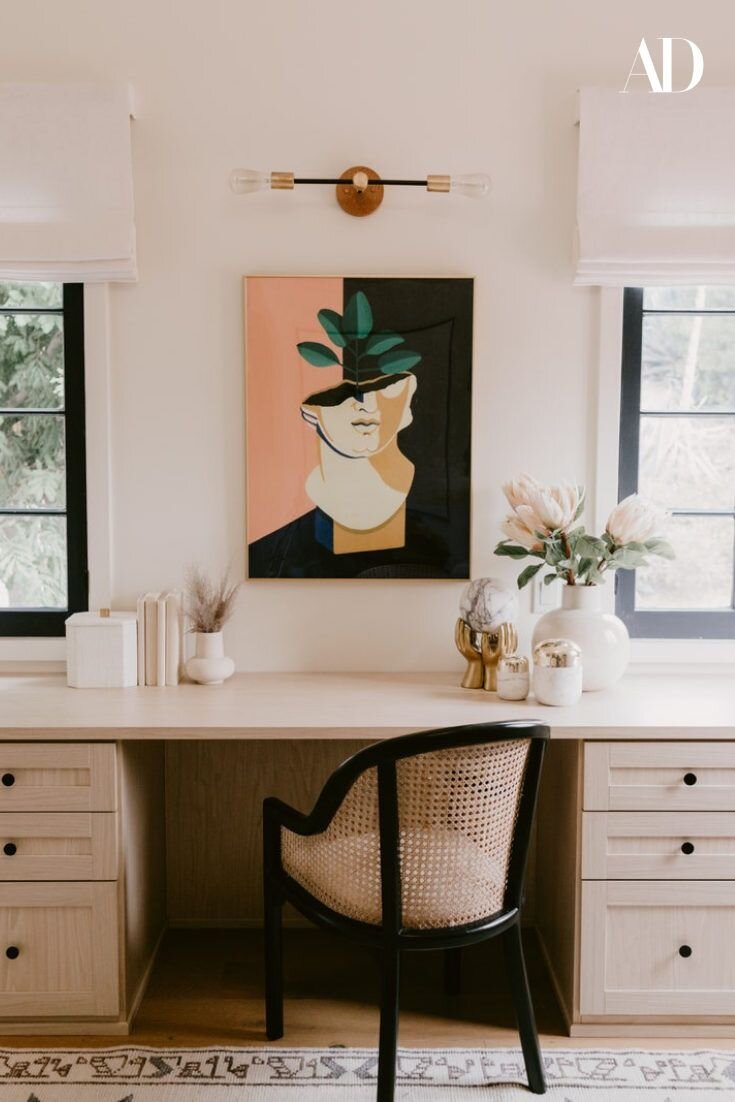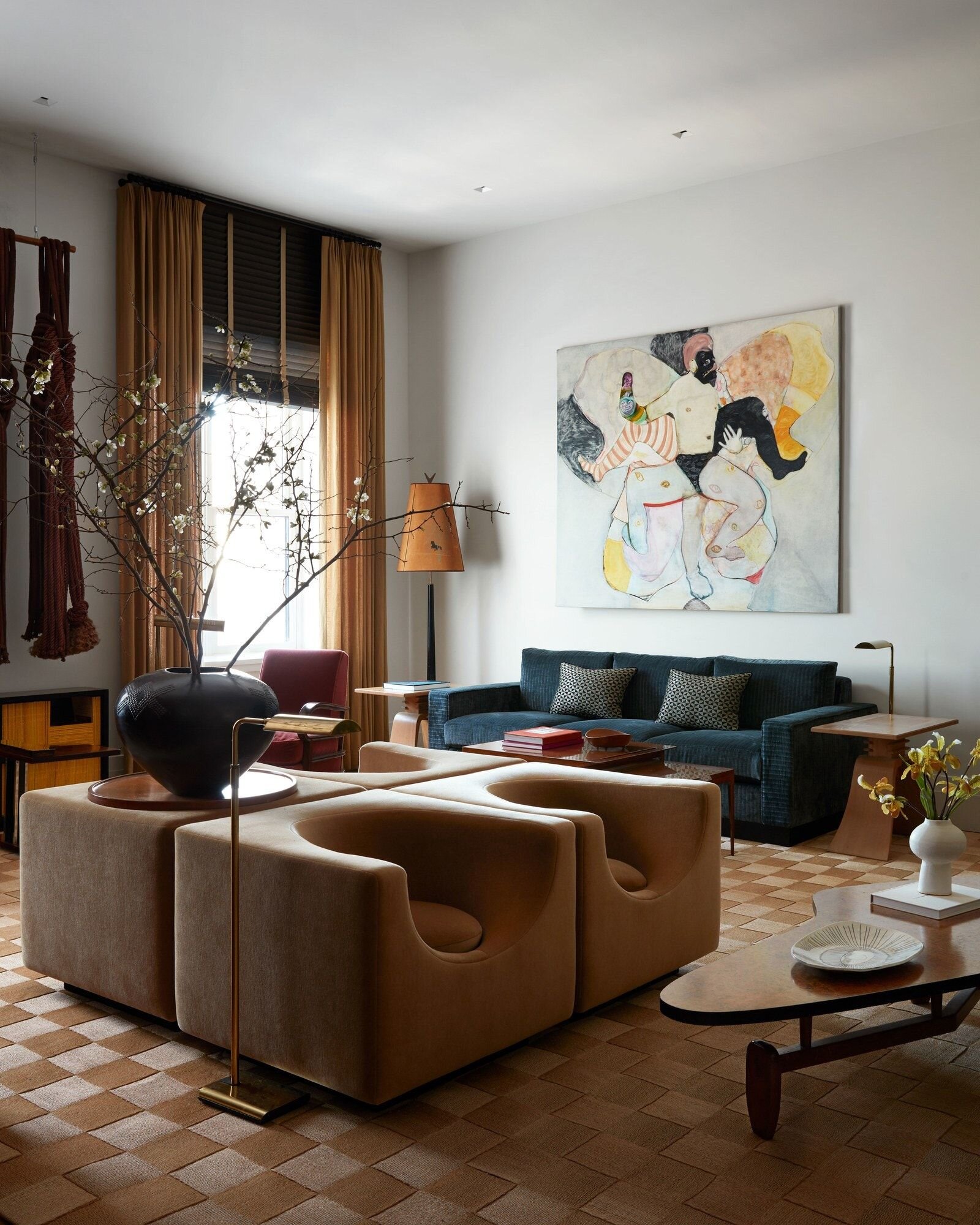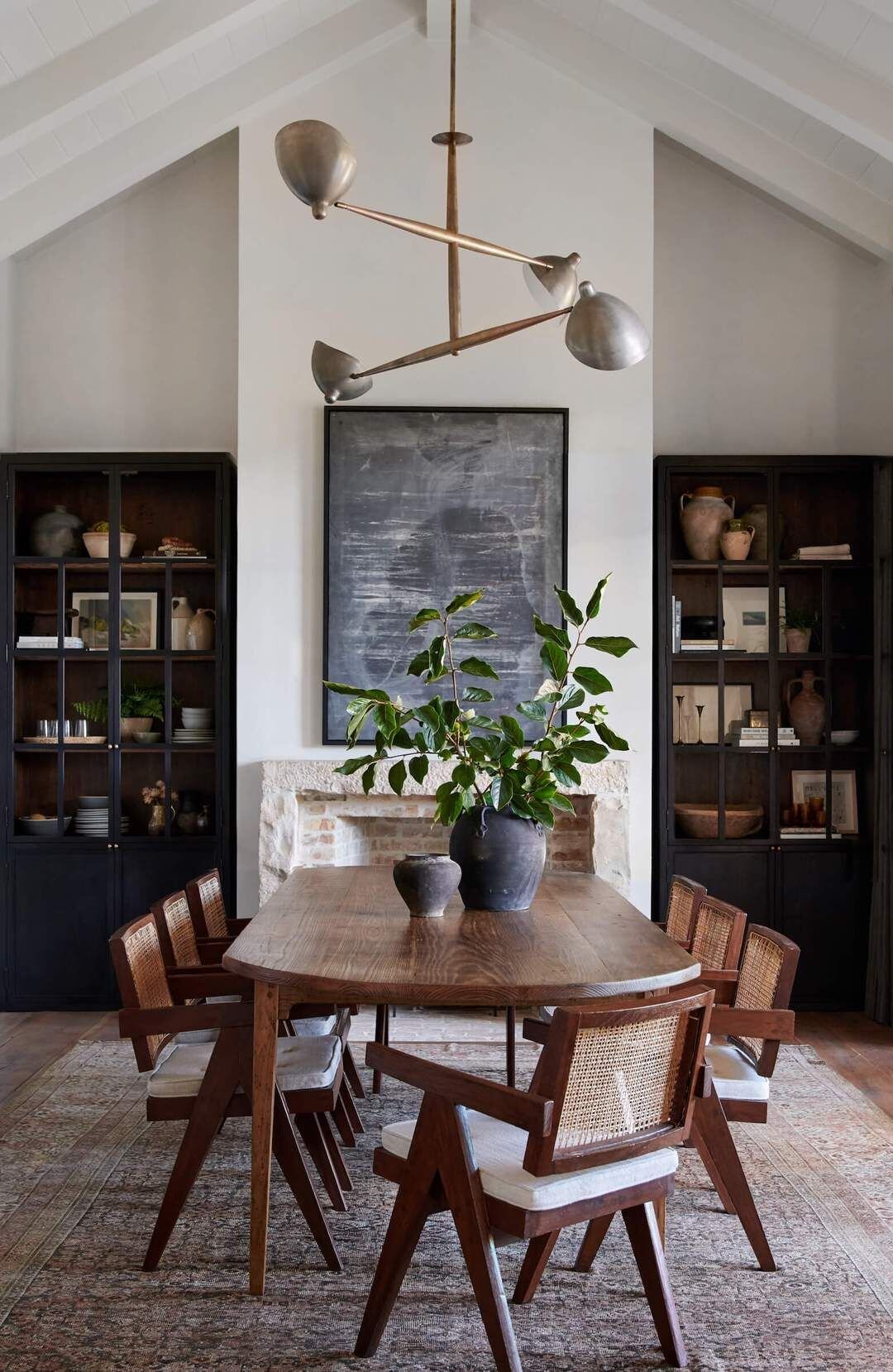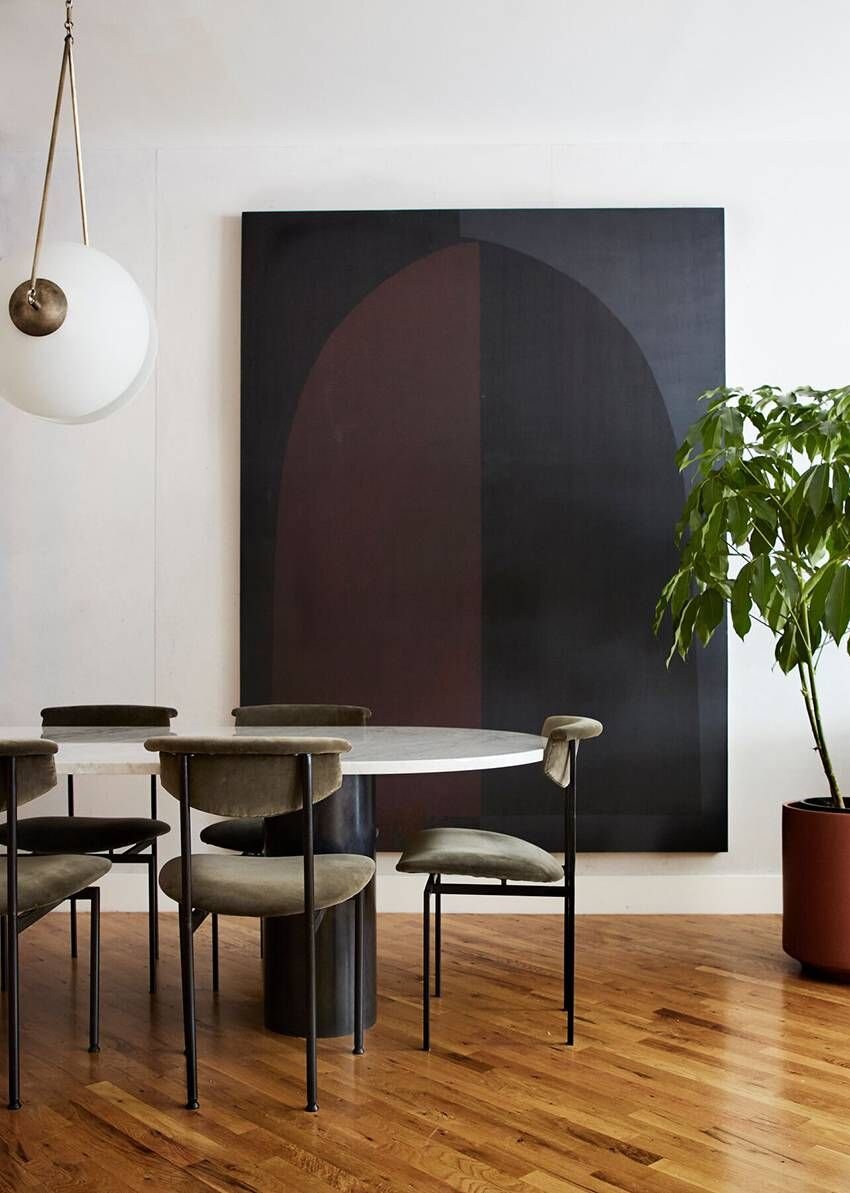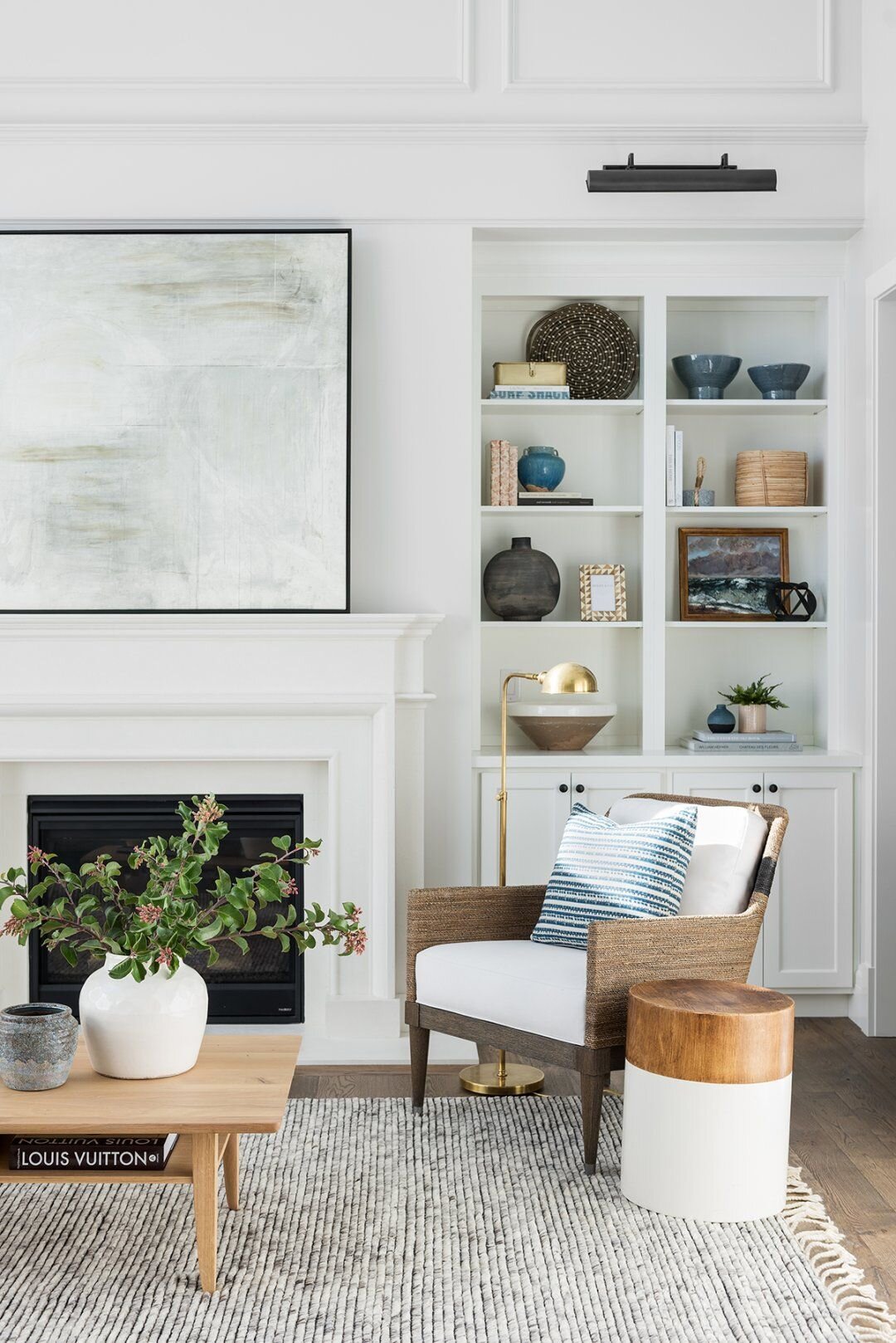How to Select Artwork for Your Design Style
When it comes time to fill blank walls with artwork, you definitely want to upgrade from the mass-produced prints you find at Target and Bed Bath & Beyond. There’s nothing like having special one-of-a-kind pieces in your home, which is why it’s great to invest in original artwork.
To understand the role of artwork in design, interior designer Tara Bernerd puts it well: "For me, art to a room is like punctuation to a sentence; it is that all-important ingredient and without it a space lacks the layers and attitude that a significant piece can bring."
If you’re looking to buy wall art because you’re starting from scratch or it’s time to update your wall decor, either way, it may be hard to know where to get started. Let us walk you through the process so you can buy art with confidence!
McGee & Co.
Get to Know Your Design Style
The first step is to make sure you know your design style. You may already have a strong sense of what you like. If not, below are some common style definitions to help get you started.
Traditional – This style is all about symmetry, classic design, and neutral tones. You don’t like things that are too trendy or cluttered. You love old-world charm like antiques and classical art. This style incorporates design elements inspired by 18th and 19th-century European design.
Eclectic – This style is really a combination of different styles and time periods. You like bold design and love to mix and match different textures, patterns, cultural elements, trends, and colors.
Rustic – Your style is inspired by nature and you love the outdoors. You love the look of weathered wood, cold stone, and smooth leather. Rustic design elements appear very casual, rough, and aged.
Industrial – This style is more masculine and mixes vintage and modern elements. You love cool clean urban style. Many industrial design features are warehouse and factory-inspired.
Midcentury Modern – You love design elements from the 50s and 60s. Some of the common themes of this style are organic shapes and influences, simple forms, and functional pieces.
French Country – You like bright and airy with a mix of elegance and rusticity. This style is inspired by country homes in Provance, France. Features you’ll see are distressed woodwork, mixed patterns, and both vibrant and soft hues.
Ash Holmes Art
Keep in mind it’s ok to like more than one style. For example, you may like traditional mixed with elements of rustic or eclectic styles. You don’t have to feel boxed in by any one style, but knowing what you like helps narrow down your options. It also helps you determine what styles clash and don’t work together.
If you feel like the above list doesn’t quite capture your design style, click here for a comprehensive A-Z style list. Also if you’d like some more help pinpointing your style try this style quiz.
Architectural Digest
Coordinate Artwork With Your Design Style
Once you have a better understanding of what style or styles you like, it’s time to find artwork that compliments it. This also means finding artwork that coordinates with your existing home decor and design elements. Even if you like french country style, artwork with flowers or pastoral scenes isn’t necessarily going to work if your home is more industrial in style.
If you like mid-century modern design, then you’ll also like 50s and 60s inspired artwork. Think abstract pieces with blocks of color, like Mark Rothko. Or artwork inspired by Jackson Pollock or Picasso.
If your style is more eclectic, then you can have fun mixing artwork styles and time periods. Depending on what your existing decor is like you can think about mixing old and new worlds like Middle Eastern-inspired pieces with more modern simple abstract works.
There are no hard and fast rules here. For example, if your style is mostly traditional with a lot of neutral tones than modern art is a fun complement to add some contrast and color. The opposite is also true. If your style is more modern and urban, you can throw in some traditional works of art as a nice contrast.
GQ
Avoid Matchy, Matchy
The keywords to keep in mind are coordinate and compliment. You don’t need to be focused on artwork that exactly matches the colors and look of your home decor. Though you want art to align with the style of your home you don’t want it to be too matchy. It’ll run the risk of getting lost with the other decor and look too cookie cutter.
Architectural Digest
Think About Feelings You Want the Room to Evoke
If you’re feeling stuck, think about what feelings you’d like the room to evoke. Or how you want to feel in that room.
If you’re selecting artwork for a bedroom, for example, perhaps you’d like more tranquil and relaxing pieces. Or if you’re looking for art for a living area or entryway, maybe you’d like more bold statement pieces, to be a focal point and conversation starter.
Artwork often elicits emotions from the viewer, so knowing what emotions you’d like the artwork to evoke can be helpful when you’re browsing.
Amber Interior Design
Plan the Size Carefully
It’s important to buy artwork that fits the size of the space that you’d like to display it. Nothing is worse than hanging artwork that is too small or not right for the space.
This means measuring the space carefully. A general rule of thumb is the artwork should cover ⅔ or ¾ of the available wall space, so it’s usually better to go larger rather than smaller.
Alternately if you have a number of small works already, or you’re drawn to smaller pieces, you can plan a gallery wall or series of pieces hung together. Check out The Spruce, for some great gallery wall ideas.
My Domaine
Go Slow and Buy What You Love
Like quality furniture, selecting artwork is a personal process. Knowing more about the artist and their work helps you gain an appreciation for the piece, beyond the aesthetics of the piece. Especially if you plan to invest in pieces you’d like to treasure for years to come, it’s alright to take your time and not rush the process. Your art collection can evolve over time and grow with you.
McGee & Co.


